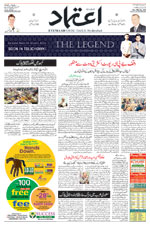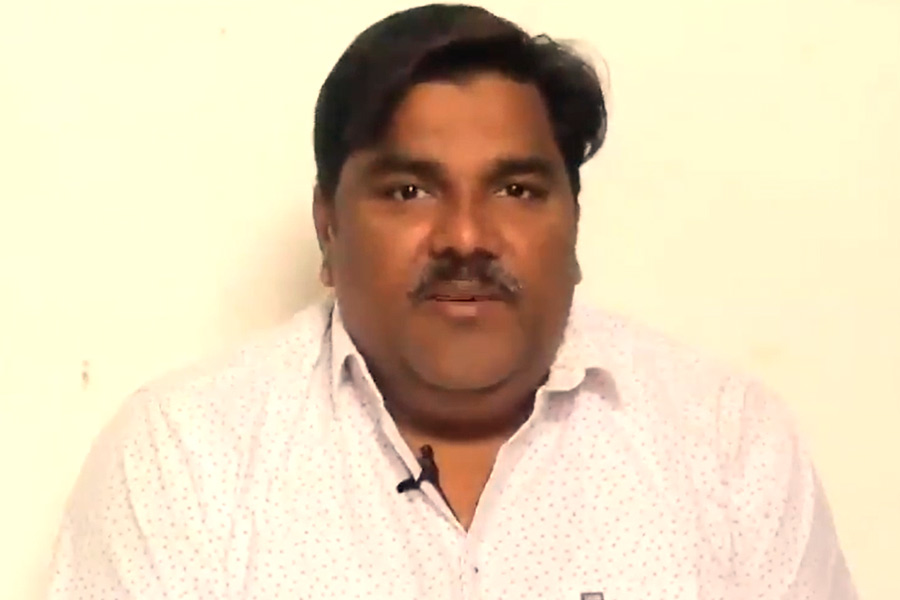No water woes for Hyderabad in near future
Sun 18 Aug 2019, 11:36:25
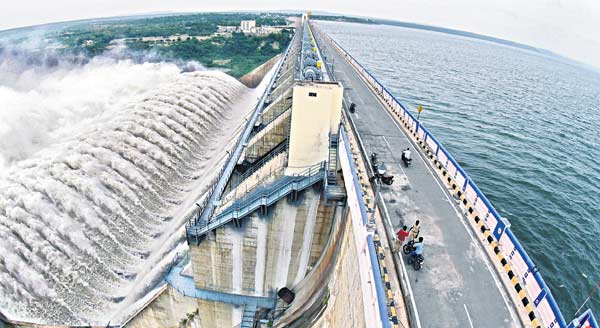
With Yellampally project filled to the brim and Nagarjuna Sagar almost filling up, there is sufficient water to meet the drinking water requirements of Hyderabad for at least the next couple of years.
These two are the major drinking water resources for Hyderabad. While the Yellampally project is constructed on River Godavari, Nagarjuna Sagar project is on River Krishna.
Following heavy rains in Maharashtra and Karnataka, there has been a steady inflow of water from upstream into the projects in the State in the last few days.
The storage capacity of Yellampally barrage is 20 tmc and the current level is 19.59 tmc . Of this, nearly 10 tmc of water is earmarked for Hyderabad and the rest is utilised to meet NTPC and local needs.
Similarly, the current water level in Nagarjuna Sagar Project is 585.7 feet as against the full reservoir level of 590 feet. The present water storage is 299.45 tmc .
There are steady inflows from upstream and this is expected to continue for a couple of days. With Nagarjuna Sagar and Yellampally projects filling up to the capacity, Hyderabad’s drinking water requirements can be met for the next couple of years, said a senior official from Hyderabad Metropolitan Water Supply and Sewerage Board (HMWSSB)
HMWSSB supplies nearly 440 mgd water to the city every day. Of these, about 152 mgd water is drawn from the Yellampally project and 260 mgd from Nagarjuna Sagar.
With water levels dwindling considerably during the summer, HMWSSB had commenced emergency pumping from Puttamgandi, Nagarjuna Sagar, to ensure sufficient water supply. The water board incurs a power bill of nearly Rs 50 lakh a month towards operating the pumps.
Though the water levels in both the projects promise to take care of the water supply for the next couple of years, HMWSSB as a precautionary measure will be writing to the Irrigation department to maintain the water level at 510 feet in Nagarjuna Sagar. This is mainly done as the department may have to release water to the farming sector, said the
official.
official.
The HMWSSB is conducting a special survey not only to identify houses, which are wasting water but also to create awareness among households on the need to conserve water.
As part of the survey, water board personnel are putting red, orange, blue and green marks on the houses, indicating the status of water wastage and measures taken to save it.
While red mark indicates houses using water to wash vehicles, etc , orange mark signifies using water for washing balcony areas, blue indicates sparing usage of water and green signifies equipped with water harvesting pit.
As a pilot project, the survey is being conducted in a few areas of SR Nagar and Khairtabad. A couple of bastis have been covered in the survey and the rest are expected to be covered in about 10 days, said HMWSSB officials.
Volunteers, NGOs and GHMC Swachh Resource Persons, slum-level federations have also been roped in to create awareness among the residents on the need to conserve water.
During the inspection at SR Nagar, HMWSSB Managing Director M Dana Kishore said 40 million gallons of water was being wasted every day.
Efforts have also being intensified to identify the revenue losses suffered due to variation in consumption by the consumers and the bills paid. For this, 600-odd linemen are recording the quantity of water supplied through each valve and the variation, if any, in the bills issued to the consumers, said a press release.
Action against illegal water connections
In tune with creating awareness on the need to conserve water, HMWSSB is initiating action against those obtaining illegal water connections and lodging police complaints against them.
On Saturday, the vigilance teams of HMWSSB detected an illegal water connection at Raghavendra Colony, Chintal, and a police complaint was filed against the owner M Venkata Ramana.
In a similar case, in the same area, a police complaint was filed against K Shankaraiah for obtaining illegal water connection.
HMWSSB has formed special vigilance teams to detect illegal water connections, usage of motors and faulty meters and other discrepancies.
No Comments For This Post, Be first to write a Comment.
Most viewed from Hyderabad
Most viewed from World
AIMIM News
Asaduddin Owaisi questions PM Modi's China policy
Jan 08, 2025
Latest Urdu News
Most Viewed
May 26, 2020
Which political party will win the Delhi Assembly polls to be held on Feb 5?
Latest Videos View All
Like Us
Home
About Us
Advertise With Us
All Polls
Epaper Archives
Privacy Policy
Contact Us
Download Etemaad App
© 2025 Etemaad Daily News, All Rights Reserved.

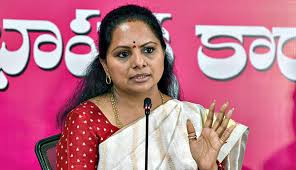

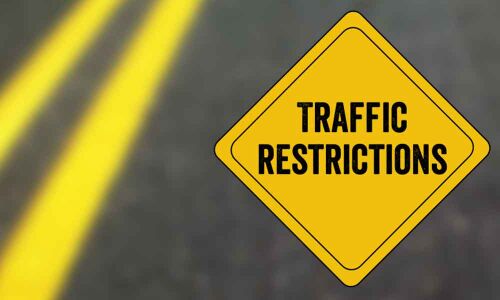
.jpg)
.jpg)
.jpg)
.jpg)
.jpg)
.jpg)
.jpg)
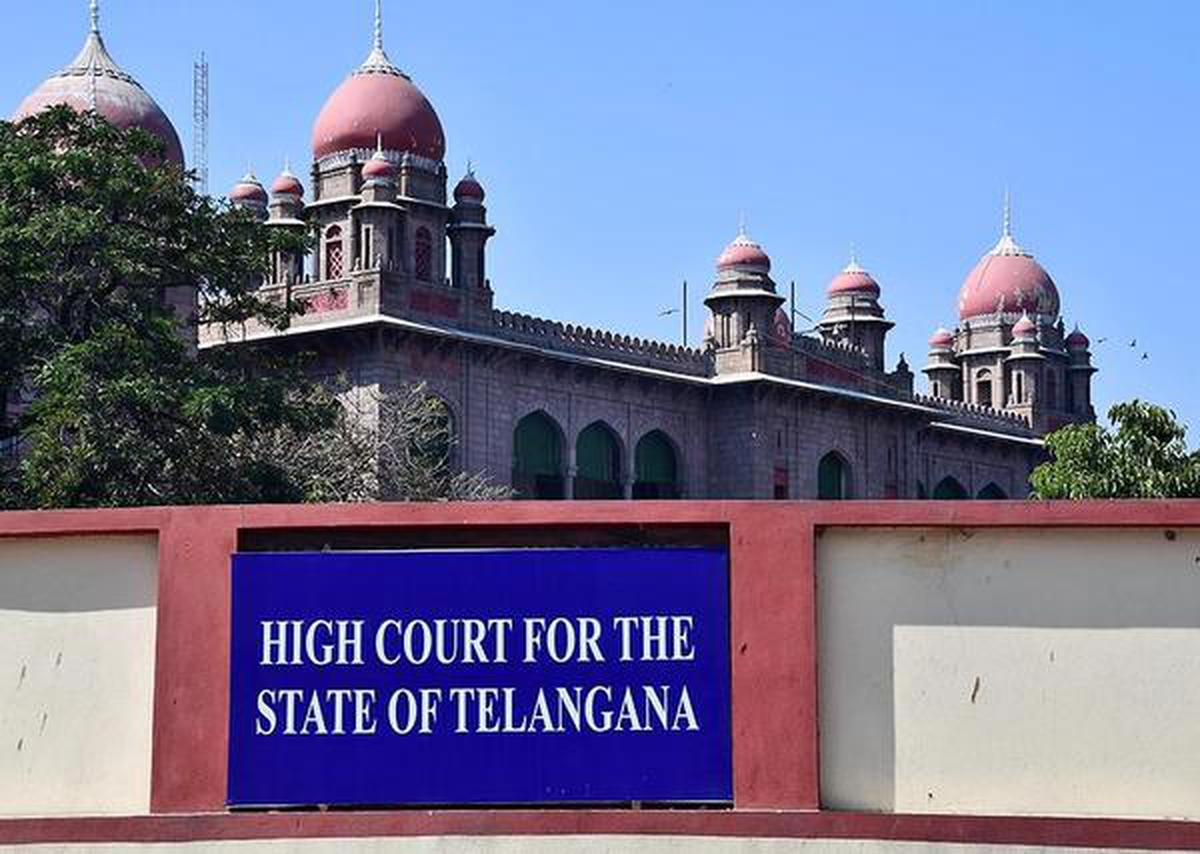




.jpg)
.jpg)
.jpg)
.jpg)
.jpg)
.jpg)
.jpg)
.jpg)


